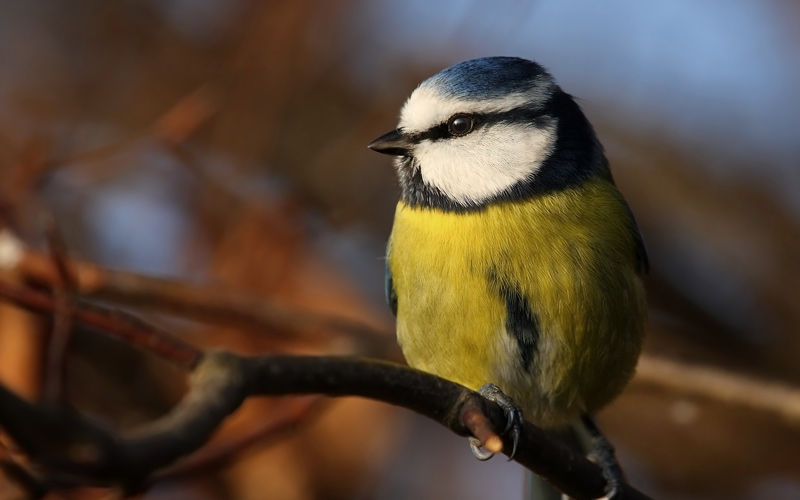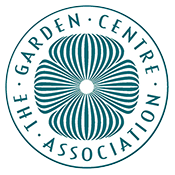
- Firstly, make sure that the food you are feeding is the right one for the species in your garden. High energy food is preferred as food may come few and far between, this can also include leftovers such as fruit cake, mince pies or apples and pears.
- With the drop in temperature, this means that the water supplies are likely to be frozen over therefore it becomes difficult for birds to find a drink source. Ensure that you always have access to drinkable water in your garden.
- Have somewhere dry and safe to live. A bird box will do, somewhere out of the elements for them to rest. It is highly likely that they may not use it for the first winter or so, as they like to ensure that it is safe. They may also be checking their surroundings and figuring out their food and water sources first.
- Chose the correct feeder. Not only are there lots of different feeders available but some birds are ground feeders, while others prefer to eat from higher up. When thinking about which feeder to buy, you need to think about the species of bird you want to attract, how wet or dry the food will keep, in the place that you want to put it and some may encourage other animals in to your garden like squirrels.
- Lastly, make sure to clean your feeders and water bowls regularly. Birds often spread diseases through their food and water bowls, so cleaning them weekly can eliminate the spread and ensure that all garden birds are healthy. P.s ensure you clean your hands after feeding the birds!
By Webbs



